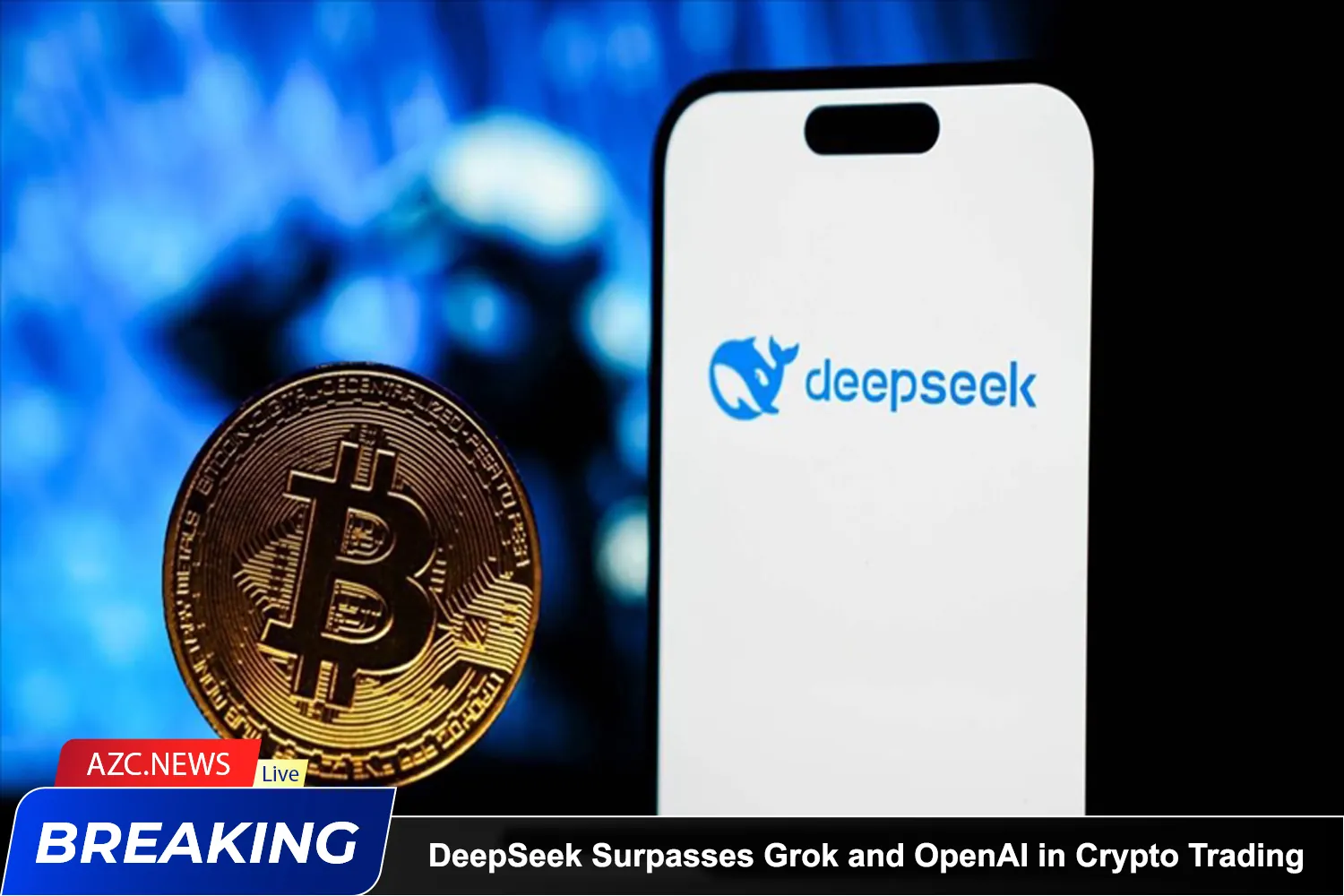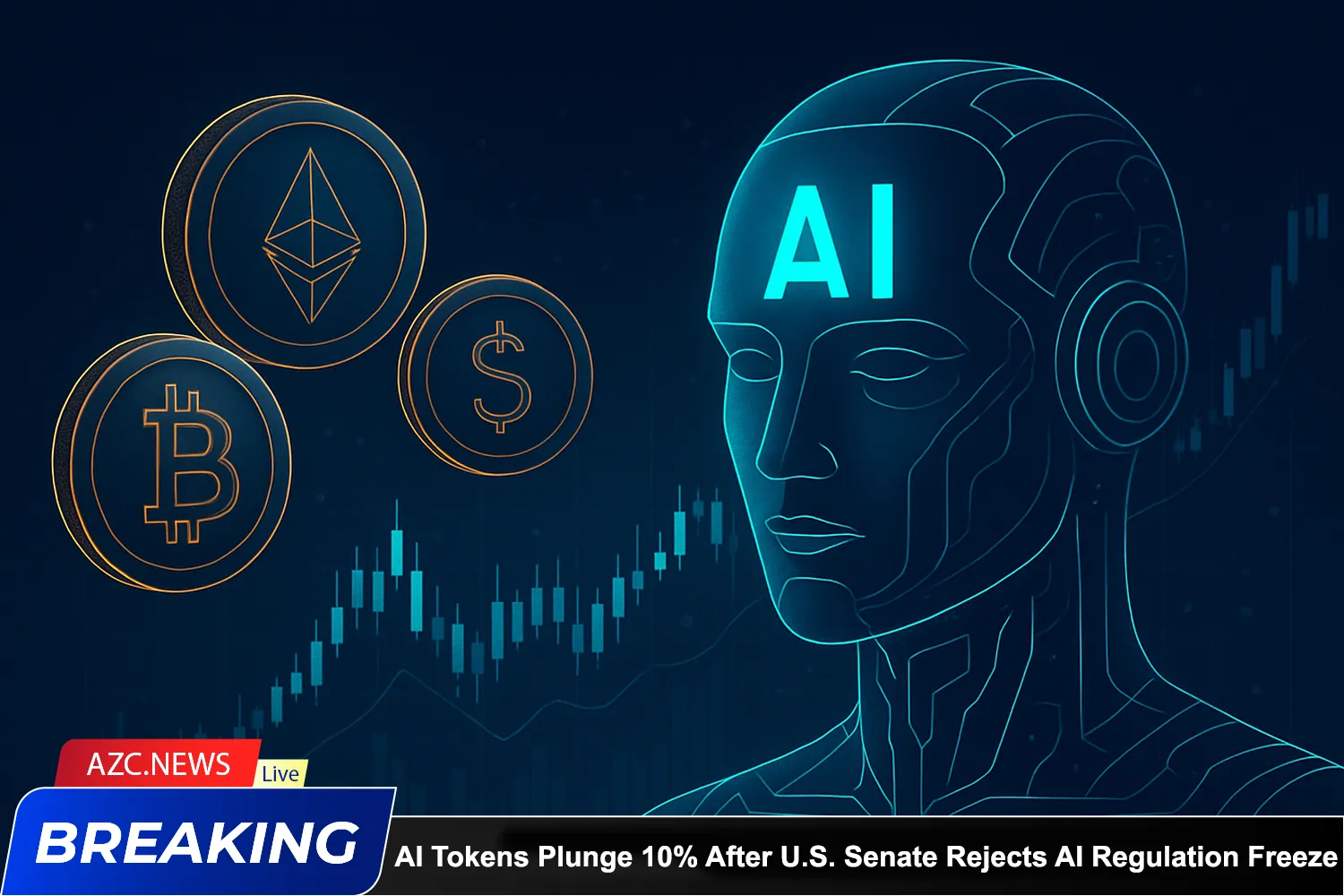Introduction
The Graph distinguishes itself with a strong emphasis on accessibility through developer tools. By simplifying the process for developers to index and query data from Ethereum decentralized applications (DApps), The Graph aspires to “index the world’s public APIs” and emerge as the primary platform for DApp developers to engage with blockchain data.
Indexing protocols play a crucial role in organizing information within decentralized networks like Ethereum. These protocols empower developers to construct applications capable of efficiently querying this data. Among various indexing protocols.
The Graph stands out due to its user-friendly design for developers. This ease of use, coupled with its dedicated focus on querying data from Ethereum DApps, positions it as a promising project with the potential for widespread adoption.
What is The Graph (GRT)
https://thegraph.com/
The Graph serves as an indexing protocol designed for querying networks constructed on the Ethereum blockchain. Its primary objective is to simplify the process for developers, enabling them to build decentralized applications capable of efficiently querying data stored within these networks.
The native cryptocurrency of The Graph network is The Graph Token (GRT). Developers use GRT to pay for queries made to the network, and it is also rewarded to individuals who operate nodes hosting application data, known as Indexers. While The Graph may share similarities with other indexing protocols such as IPFS, BigchainDB, and Filecoin, its unique focus on Ethereum networks sets it apart in the decentralized application landscape.
The Graph Token (GRT) Fundamental Analysis
The primary use case for The Graph is indexing data from Ethereum smart contracts, facilitating easy querying by decentralized applications (DApps). This eliminates the need for DApps to operate their own full nodes or be concerned about synchronization times.
The two main types of nodes on The Graph Network are Indexers and Curators.
Indexer:
An Indexer is a node operator on The Graph Network that stakes Graph Tokens to offer indexing and query processing services. They earn rewards in the form of query fees and indexing rewards. Indexers maintain a copy of graph data, providing access through an API. Users querying the data pay fees to Indexers. Successful indexing of new datasets onto the network can also earn Indexers additional rewards. They play a crucial role in ensuring data accessibility and currency, contributing to the network’s reliability.
Curator:
Curators stake GRT tokens to signal which subgraphs they deem important. A good understanding of the web3 ecosystem is crucial for successful curators. The Graph Explorer assists curators in viewing network data and making informed decisions about subgraphs to signal. Being a curator requires dedication and knowledge, offering rewards through a share of query fees generated by the subgraphs they help index. Curators contribute significantly to the network’s smooth operation and have the opportunity to earn income.
GRT:
GRT is a utility token providing access to the Graph Network. It serves as the native currency, empowering decentralized applications (DApps) on the network. Users can stake GRT to earn rewards, contributing to network security.
Mission:
The mission of The Graph Network is to simplify the development of decentralized applications powered by blockchain data. The network’s protocols aim to enable highly scalable, reliable, fast, and secure apps. The Graph Network envisions a future where public data is accessible in a new way, free from centralized intermediaries.
The Graph Token (GRT) Current Price
The Graph is currently worth $0.147373 USD. GRT has moved 0.53% in the last 24 hours with a trading volume of $47,257,073. The Graph is currently ranked 346 amongst all cryptocurrencies with a market capitalization of $1,336,037,767 USD.
Utilizing the relative strength index (RSI), moving weighted average (MWA), williams fractal (fractal) and moving average convergence divergence (MACD) from the chart above, we can determine price patterns for The Graph (GRT) to decide wether it is going to have a bullish or bearish year.
The Graph Token (GRT) Price Prediction
It’s important to note that cryptocurrency price predictions are speculative and subject to market volatility. Here is a summary of the anticipated price movements for The Graph Token (GRT) based on the provided predictions:
2024:
-
Potential expansion, surpassing $0.368461.
-
Minimum trading price of $0.294769, average trading price of $0.324246.
-
Price influenced by potential partnerships and initiatives.
2025:
-
Possible continuation of the upward trend, reaching $0.515846.
-
Average price around $0.471630, with a low of $0.442153.
2026:
-
Stability expected if market sentiment remains positive.
-
Projected to reach and surpass its all-time high, estimated at $0.663230.
-
Minimum price of $0.589538, average price of $0.619015.
2027:
-
Estimated average price of $0.766399.
-
Minimum expected at $0.736922, maximum at $0.810615.
Related: What is The Graph? Detailed Information About GRT Token
2028:
-
Bullish trend continuation with an average price of around $0.913784.
-
Maximum potential price of $0.957999.
-
Possible low of $0.884307 if support is lacking.
2029:
-
Bullish trend expected to continue.
-
Minimum trade price projected at $1.03, yearly price close above $1.11.
2030:
-
Anticipated surpassing of previous all-time high values.
-
Minimum price projection of $1.18, potential maximum of $1.25, averaging at $1.21.
It’s crucial to approach such predictions with caution, considering the inherent uncertainties in the cryptocurrency market. These forecasts serve as speculative insights and not financial advice. Conducting thorough research (DYOR) and monitoring market conditions is recommended.
Quote: https://vi.bitcoinethereumnews.com/tech/stacks-stx-price-prediction-2023-2024-2025-2030/
Conclusion
Predictions regarding the future price of GRT vary among experts, with some anticipating significant increases in the next few years while others suggest a more prolonged timeline for price rebound. The uncertainty surrounding GRT prices highlights the divergent opinions within the market.
Regardless of these predictions, it’s crucial for potential investors in GRT to conduct their own research. Formulating personal conclusions based on thorough research is essential when making investment decisions. Cryptocurrency markets are known for their volatility, and individual circumstances can greatly impact price movements. Therefore, staying informed and making well-informed decisions based on one’s own analysis is advised for anyone considering an investment in GRT or any other cryptocurrency.







